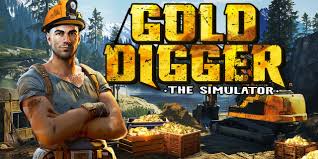Understanding the various target audiences allows facilitators to tailor the game experience effectively, ensuring that it meets specific needs and objectives BJ88.
Game Mechanics of Goldridge Solutions Game
Diving deeper into the mechanics of the Goldridge Solutions Game reveals how it operates on multiple levels, engaging participants in a multifaceted learning experience GÀ BJ88.
Game Structure and Setup
The setup of the Goldridge Solutions Game is vital for ensuring a smooth flow of activities. The game typically begins with an initial briefing where participants are introduced to the game’s rules and objectives.
Teams are formed, and each team is assigned roles that mimic real-life organizational positions such as managers, analysts, and consultants. This role-play aspect adds depth to the game, allowing participants to fully engage in the simulation.
Once teams are established, they are presented with a series of challenges that represent real business scenarios. These challenges could range from resource allocation dilemmas to market entry strategies, requiring participants to analyze data, discuss options, and make collective decisions.
Challenges and Scenarios
The heart of the Goldridge Solutions Game lies in its challenges. Each challenge is crafted to provoke thought and elicit discussion among team members. Examples of challenges include:
- Resource Allocation: Teams must decide how to best allocate limited resources among competing projects, weighing potential outcomes and risks.
- Market Analysis: Teams analyze market data to determine the viability of launching a new product, focusing on target demographics, competition, and pricing strategies.
- Crisis Management: Teams face unforeseen crises such as supply chain disruptions or public relations disasters, prompting them to devise immediate and effective responses.
These challenges encourage participants to draw upon their personal experiences, fostering a rich dialogue that leads to innovative problem-solving.
Scoring and Feedback Mechanism
To maintain engagement and motivation, the Goldridge Solutions Game incorporates a scoring system that rewards teams for thoughtful decisions and successful outcomes.
Feedback plays a crucial role in the game’s development, allowing teams to reflect on their performances after completing challenges. This debriefing session facilitates constructive discussions about what worked, what didn’t, and how lessons learned can be applied in real-world situations.
